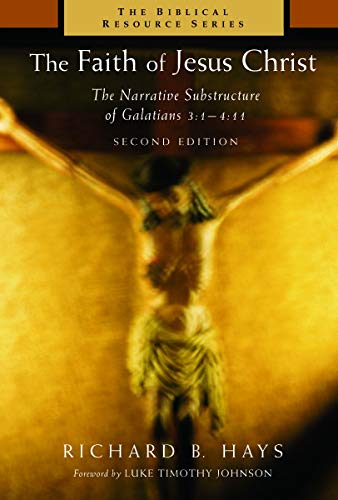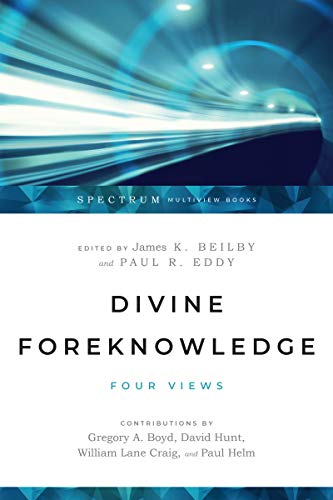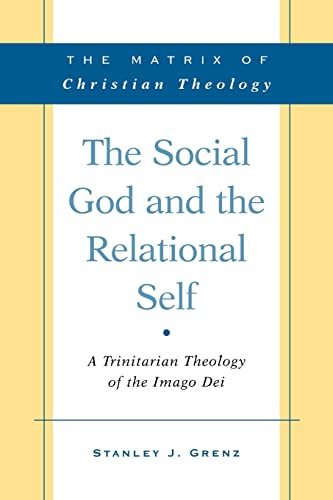THE FAITH OF JESUS CHRIST: THE NARRATIVE SUBSTRUCTURE OF GALATIANS 3:1–4:11
Written by R.B. Hays Reviewed By Simon GathercoleIt is excellent to have Hays’ now famous dissertation in this easily obtainable re-released volume. Although the substance of the 1983 edition is unchanged, Hays provides a substantial new introduction, explaining for the contemporary reader what was at stake in the thesis in its time, and its basic ideas.
The book is probably most famous for Hays’ translation of the Greek phrase pistis Christou not as the traditional ‘faith in Christ’, but ‘the faithfulness of Christ’. (For the debate, see the 1991 essays by Hays and J.D.G. Dunn on the debate, reprinted in this volume as appendices.) Although Hays does affirm that Christ is the object of Christian faith (123), the weight lies on Christ’s faith in God, particularly in his death.
But, as Hays himself protests, the translation of the phrase pistis Christou is not the key point. He is primarily concerned to identify ‘the underlying narrative substructure’ of Paul’s thought, the ‘story’ of Paul’s gospel. The book begins with a rather abstruse discussion of Hays’ theoretical approach, which has some, albeit rather limited benefit, considering the space it occupies. (Hays himself later admits that he succumbed to ‘methodological overkill’: see 274 n. 5.) In Hays’ comments on the scholarly climate when he originally wrote his dissertation on a Smith-Corona electric typewriter in the late 1970s, he comments: The great adversary whose shadow looms over The Faith of Jesus Christ is Rudolf Bultmann’ (xxv). Bultmann’s statement that the kerygma had nothing to do with the historical life of Jesus rules out any ‘narrative substructure’ to Paul’s gospel. Thus the central part of Hays’ book is a reading of Galatians 3:1–4:11, where he establishes Paul’s understanding of the ‘story’ of the gospel. This reading relies on Paul’s suggestive allusions, because Paul is calling upon the Galatians to remember his preaching (Gal. 3:1), but also focuses on descriptions of the narrative of God sending his Son (Gal. 4:3–6 and 3:13–14). Hays’ understanding of these passages is particularly useful, particularly in identifying the commonality between them where other scholars have attempted to identify incompatible understandings of the work of Christ (107–109). However, in Hays’ wider understanding of the whole of 3:1–4:11, there is a de-emphasis of human faith, particularly in his interpretation of 3:1–5, which is not so convincing.
Hays’ brilliant exposition is particularly commendable for its attempt to see a coherent structure in Paul’s thought-world. I am, however, not quite convinced. Hays sees a little too much deliberate ambiguity and diversity of meaning in Paul’s expression. ‘Those of faith’ (Gal. 3:7) for example refers to ‘those who are given life on the basis of [Christ’s] faith’. But the phrase is ‘capable of sustaining several interpretations’, and Hays would not want to exclude the meaning of ‘those who believe’ either (172). Hays grounds this in Paul’s poetic way of using language, and the ‘multivalent and metaphorical’ character of that language (297). This is in part informed by Hays’ understanding of literary theory, but is perhaps also a product of his caution in his reaction to Bultmann. With Bultmann’s concern being that a concrete content to Paul’s kerygma would result in it being static and coming under human control, Hays wants to safeguard the unpredictability of the kerygma.
Perhaps the most important challenge that Hays offers lies in the need to understand justification by faith christologically. On one level of course. Hays de-emphasises one key traditionally christological aspect of faith by focusing on God as the object of faith. Hays can even say that ‘Jesus Christ, like Abraham, is justified by faith/faithfulness’ (257, quoted by Dunn). Hays however is very alert to the tendencies of some Lutheran theologies of justification to make justification simply an abstract existential event that is not connected to Christ in any meaningful way (293), and he rightly seeks to anchor justification firmly in the story of God’s action in Christ.
One irritating oversight in the new edition is that the references in the two essays by Hays and Dunn in the appendices refer to the page numbers of the old edition of Hays’ Faith of Christ. This really should have been remedied, as it makes it very difficult to chase up which part of Hays’ argument is being referred to. All the same, the original book, particularly with the appendices and Hays’ responses to some of his critics, is a very useful re-release.
Simon Gathercole
Simon Gathercole
Cambridge University
Cambridge, England, UK







